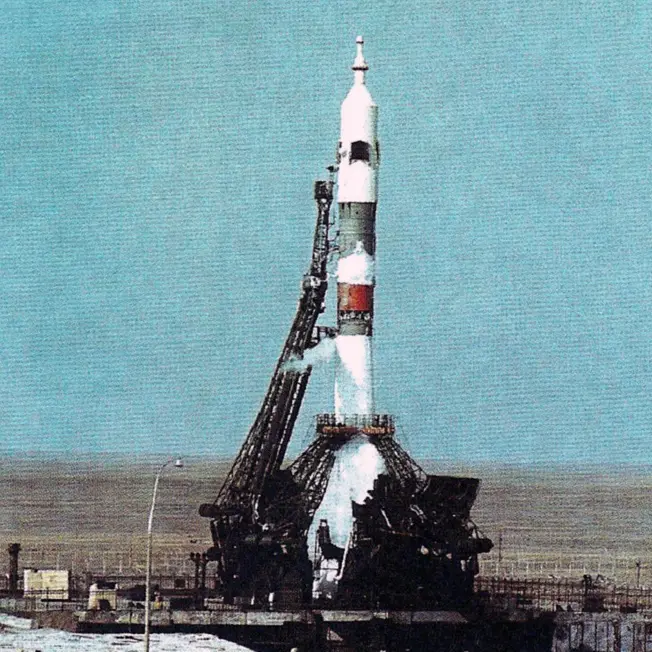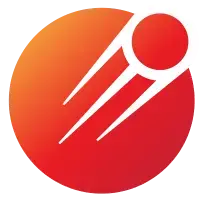Soyuz 10
Launch Success
Liftoff Time (GMT)
23:54:06
Thursday April 22, 1971
Mission Details
Launch Notes
First crewed flight to a space station. First flight of the new Soyuz 7K-OKS version. The cosmonauts named the spacecraft Гранит ("Granite").
Soyuz 10
Soyuz 10 was launched as the world's first mission to the world's first space station, the Soviet Salyut 1. The docking was not successful and the crew returned to Earth without having entered the station. It would be the first of numerous docking failures in the Soviet space station program. The cosmonauts Vladimir Shatalov, Aleksei Yeliseyev, and Nikolai Rukavishnikov were able to navigate their Soyuz 10 spacecraft to the Salyut 1 station, yet during docking they ran into problems. The automatic control system failed during approach, owing to a serious design oversight: when soft dock was performed, the computer sensed an abnormality in the spacecraft's alignment and began firing the attitude control jets to compensate. With Soyuz 10 being pushed to one side by the attitude control system, it became impossible to achieve hard dock, and large quantities of propellant were expended doing so. Eventually, ground controllers realized that the cosmonauts could throw a circuit breaker in the docking mechanism. This procedure worked, and undocking was completed. After finally undocking, one last hitch presented itself when toxic fumes began to fill the capsule during reentry, causing Rukavishnikov to pass out; however, all three crew members were recovered unscathed. This is Soyuz's 16th flight, and 9th crewed flight. The Soyuz is a Soviet crewed spaceship, developed to made manned lunar missions. This version called 7K will fly 4 times on the giant launcher N1, and several tens of times on Proton to fly over the Moon, which will be successful during the mission Zond 4. Soyuz will become the first spacecraft to transport living beings to the Moon during the flight of Zond 5, with two turtles. Subsequently, it is adapted to low orbit and will fly on the Soyuz launcher to serve the Salyut and Mir stations and the ISS.
Low Earth Orbit
1 Payload
6,800 kilograms
Launch Site
Stats
Soyuz
18th
Mission
1st
Mission of 1971
OKB-1
571st
Mission
24th
Mission of 1971
1971
37th
Orbital launch attempt

